
Valencia always opens its arms, never closing them. To enjoy this warm embrace, we took a pleasant stroll through the streets of the old city. It was the perfect time for a snack break. And of course, we couldn’t miss one of the first dishes that come to mind when thinking of Valencia: paella. According to legend, paella was first made about 12 kilometers south of Valencia, near Lake Albufera a region where rice has been cultivated in marshlands for centuries. It is believed that the first Spanish paellas were made here, in the lakeside village of El Mar.
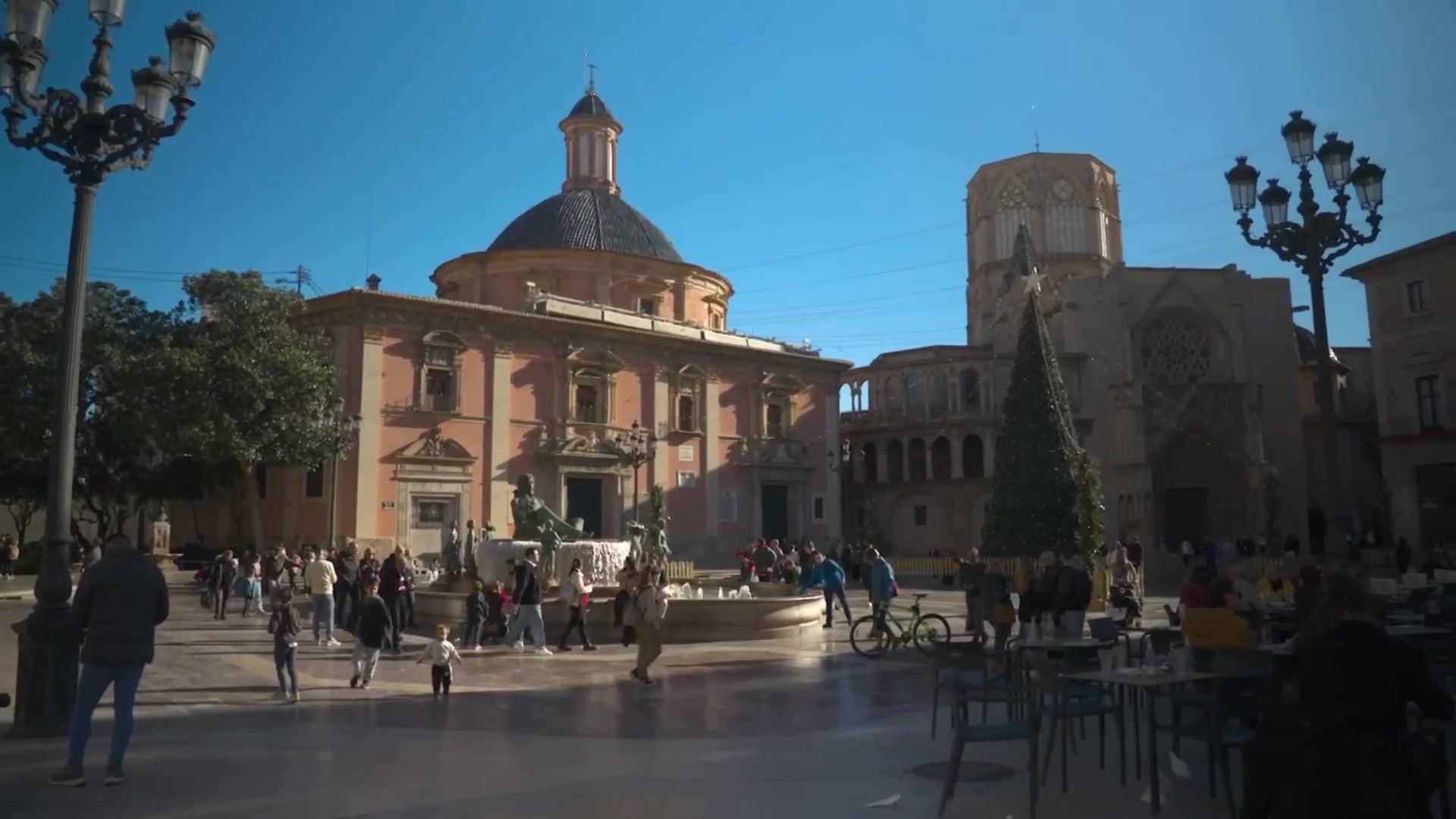
Initially paella was popular only among the poor. Stories suggest that Arab sailors did not hesitate to use leftovers from the lord's table in their meals. They didn’t waste food but repurposed it for the sailors dishes. The introduction of rice cultivation to the Iberian peninsula by the Arabs played a significant role in paella's development.
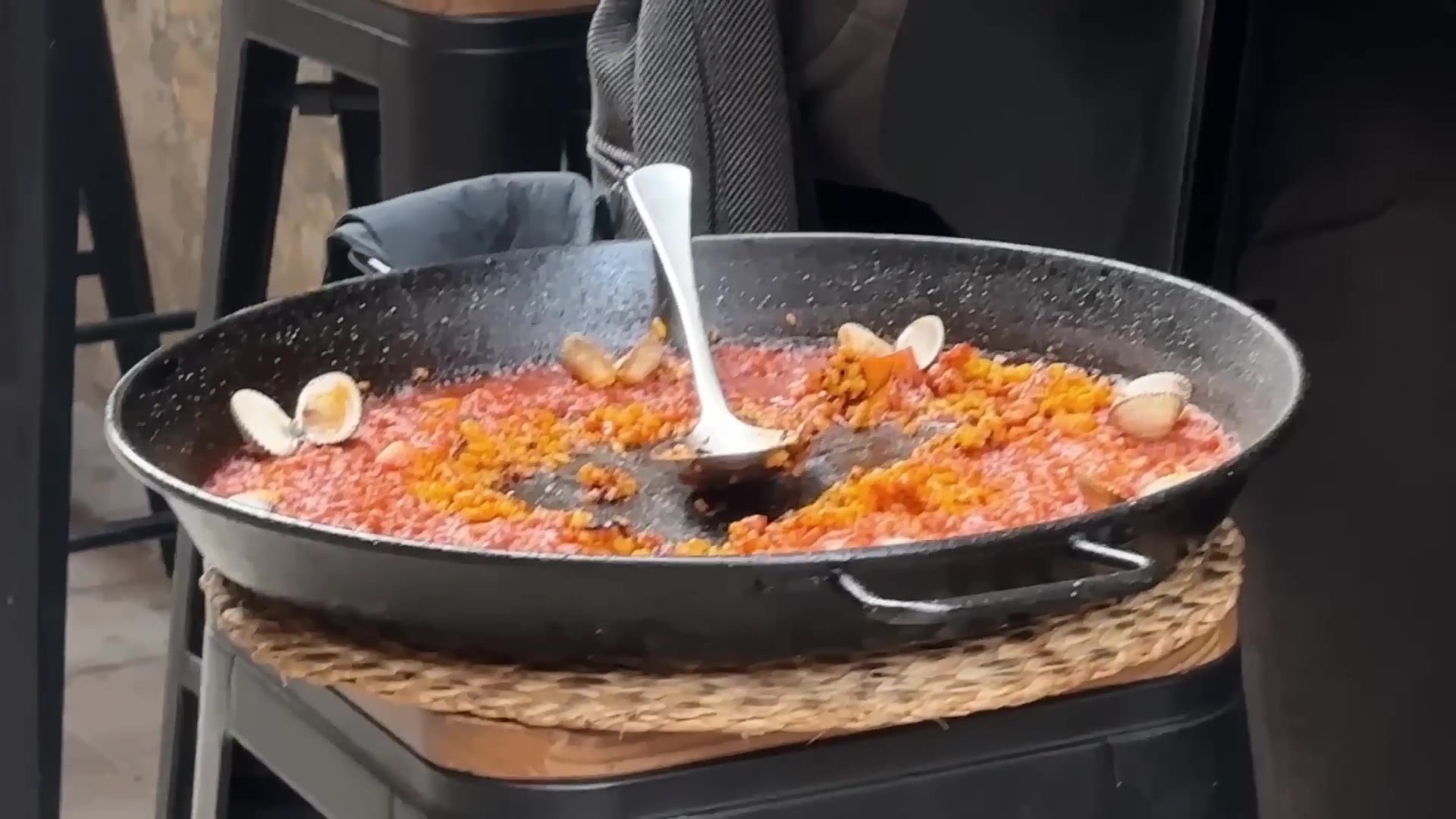

Locals also told me that, in the past paella was considered a Sunday meal. During those times, women were entitled to a rest from household chores and the men of the family would wake up early in the morning, don aprons and head to the port and market to gather the necessary ingredients. They would then cook paella until lunchtime for the whole family. Today of course, such strict rules no longer exist and paella is enjoyed every day, cooked by both men and women alike.
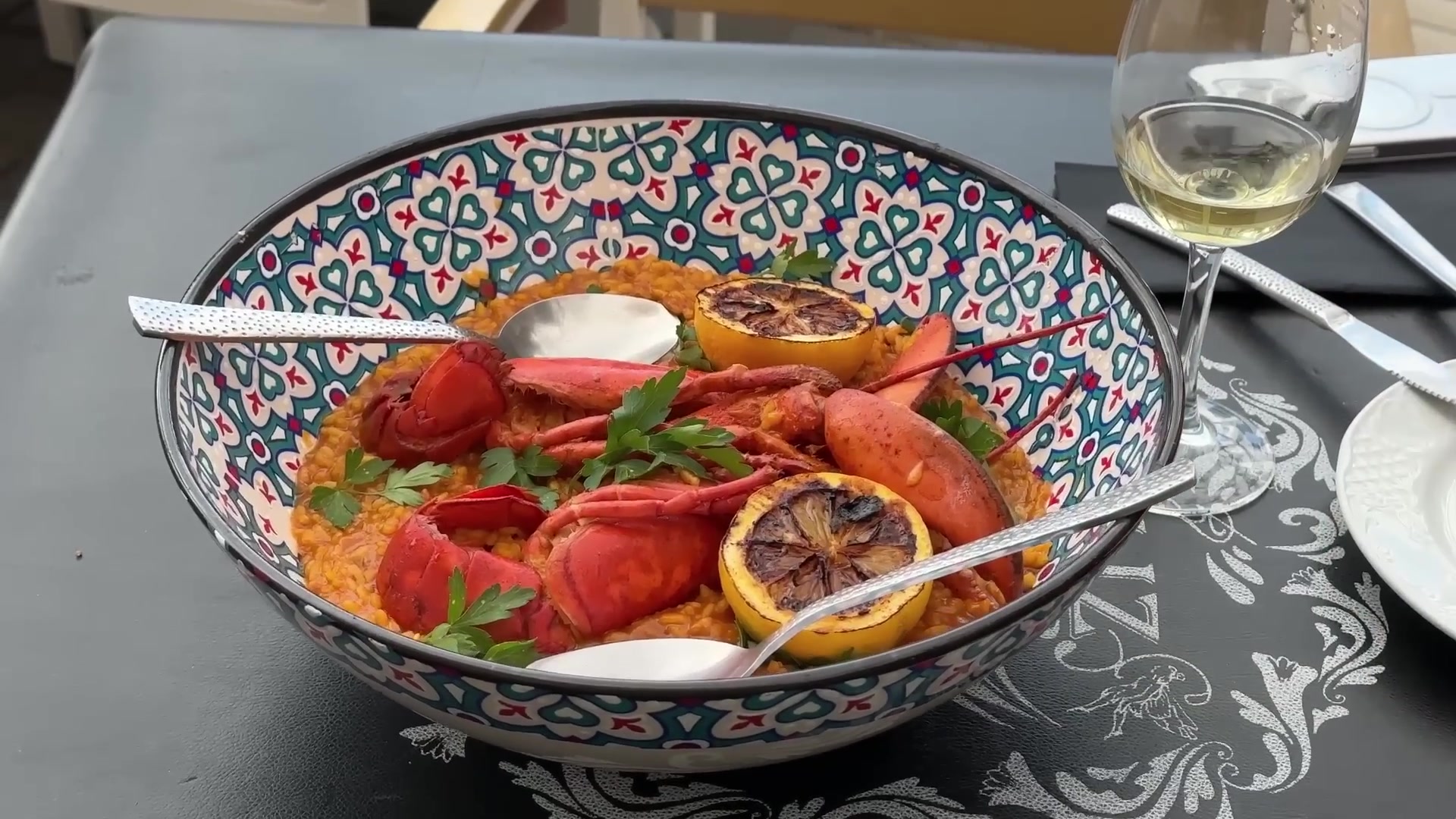

Valencia’s old district, filled with a history of conquests, rises and falls, was founded by the Romans in 138 bce. In the 11th century during Arab rule, Valencia reached its peak, thanks to industries such as jewelry making, paper production, silk, leather, textiles, ceramics and glass. The city became one of the centers of Mediterranean trade.

For the locals life revolved not only around the sea but also the Turia River, which once shaped the city and almost wiped it off the map. A disaster occurred in 1957 when extraordinary rainfall caused the Turia river to overflow, sending two massive waves toward the city. The waves exceeded speeds of 4 meters per second and in some areas, water levels were above the average human height, sometimes several times higher. This was one of the most terrifying disasters in Valencia's history. In some streets commemorative plaques still mark the water levels reached that day. While recent years have seen similar heavy rains and localized floods, thankfully, the Turia river has been converted into a park of the same name, making Valencia a much safer city.
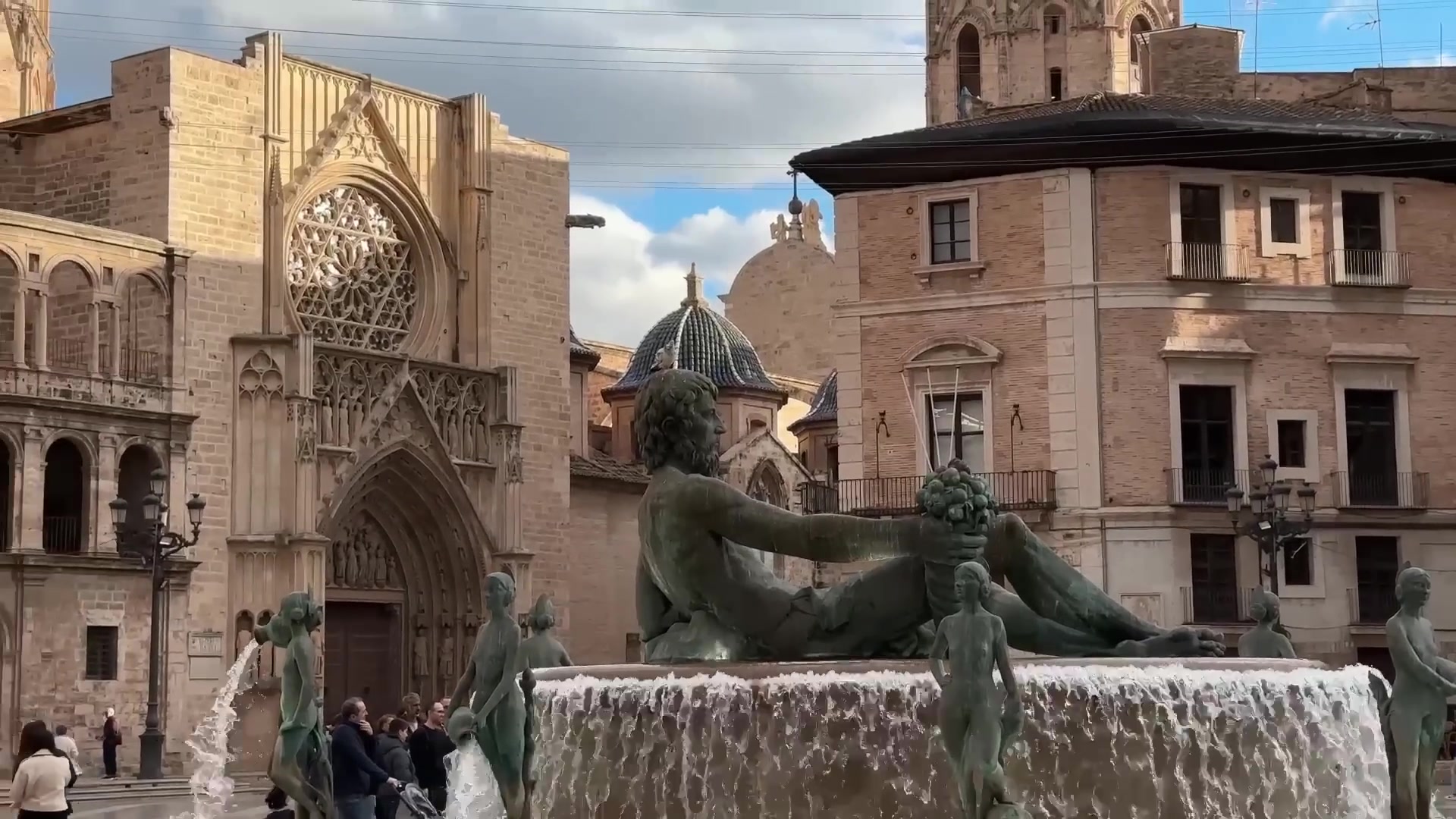
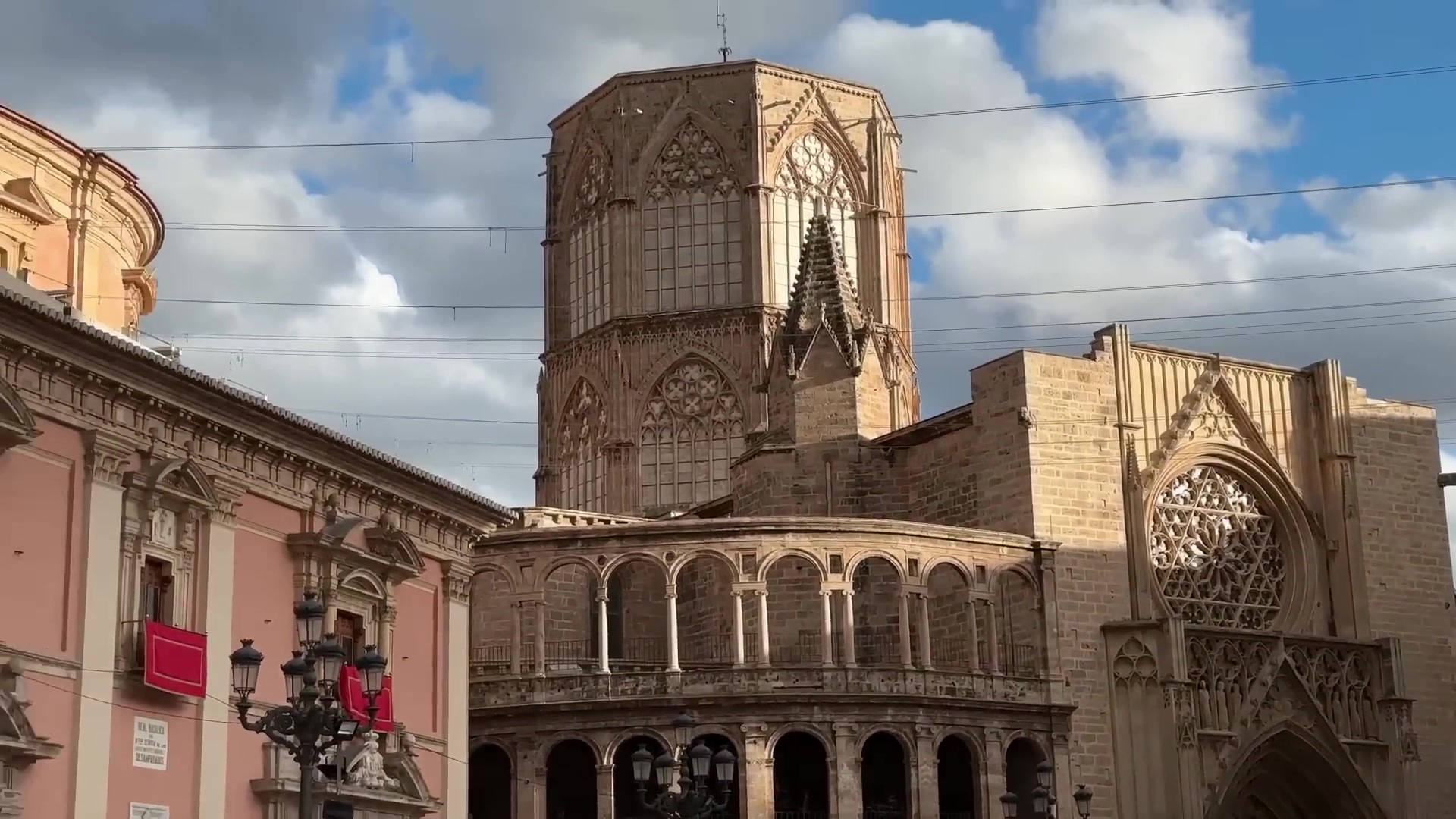



On my way to my next stop I decided to pause at a local horchatería to try horchata, a local drink made from tiger nuts or ground almonds. This delicious treat is usually served with sweet pastries. There’s an interesting legend associated with the origin of horchata. One day a girl offered this traditional drink to a king. When he asked what it was, she explained it was tiger nut milk. Amazed by its taste, the king exclaimed: This is not milk. It’s gold. From that moment on the king’s words became the name of this legendary drink.


I met a friend in the old city who has lived in Valencia for many years and is raising her two beautiful daughters here. We began our conversation by discussing what Valencia was like 14 years ago.
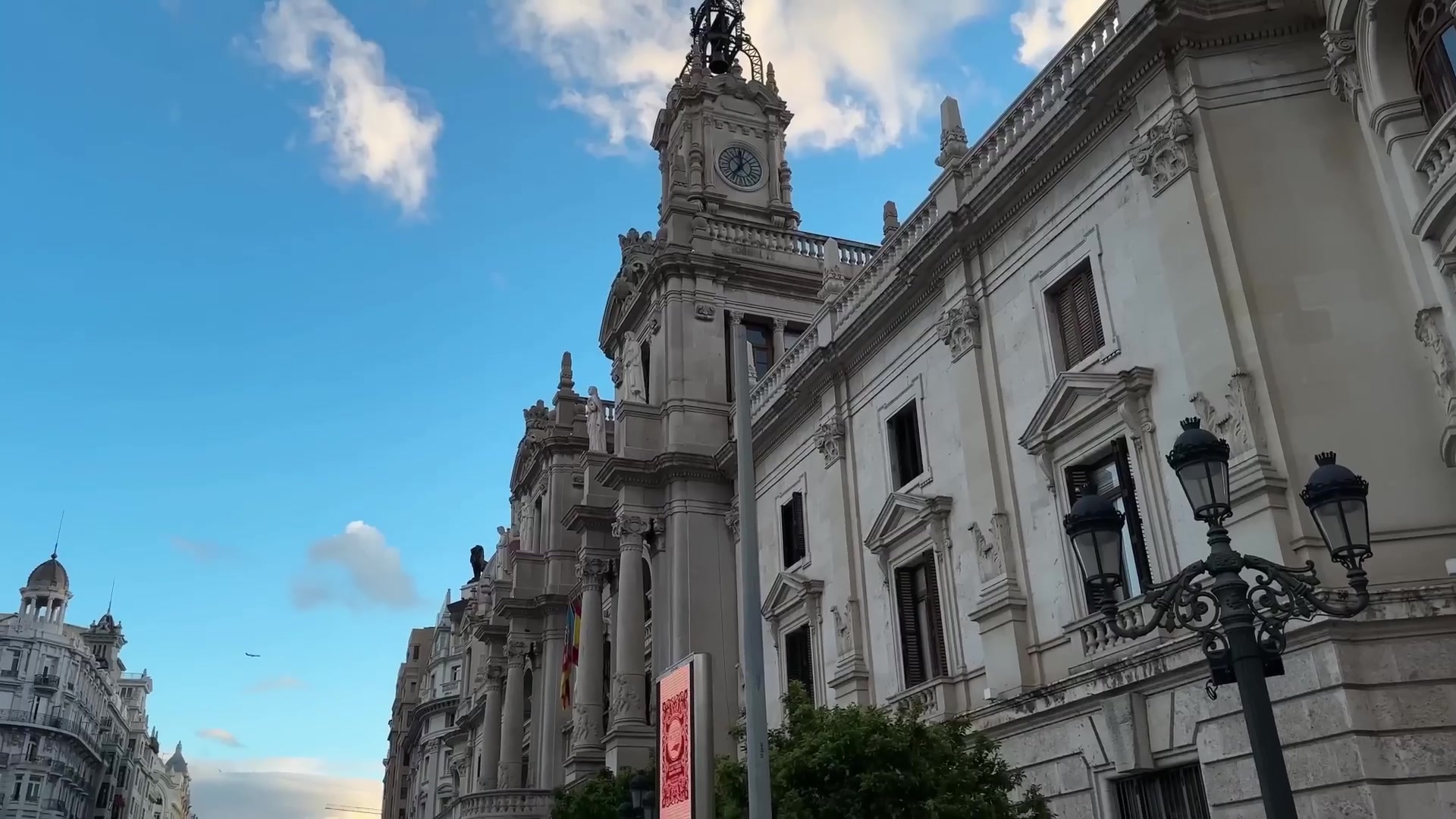
She explained that there weren’t as many foreigners back then and it was just a quiet city. Seeing a foreigner was so rare that whenever I came across someone speaking another language, I’d cross the street just to greet them, she said. But adapting to life in Valencia is much easier compared to other places.


I asked my friend how she would describe the people of Valencia. She said, Valencians always open their arms to meet you, but they never close them. They always smile, are happy to see you and enjoy chatting with you. They treat every stranger very kindly. Indeed there are many helping professions in Valencia: psychologists, coaches, manicurists, hairdressers… Valencia is an agricultural region with citrus growers, but there’s no heavy industry. There are many restaurants and a strong tourism sector here, but job opportunities are limited.

Although Valencia is the third-largest city in Spain, with a population of 1 million, it is not as large as Madrid or Barcelona. Even so it remains economically attractive, particularly for real estate investments. Compared to Barcelona and Madrid, property prices are more affordable.
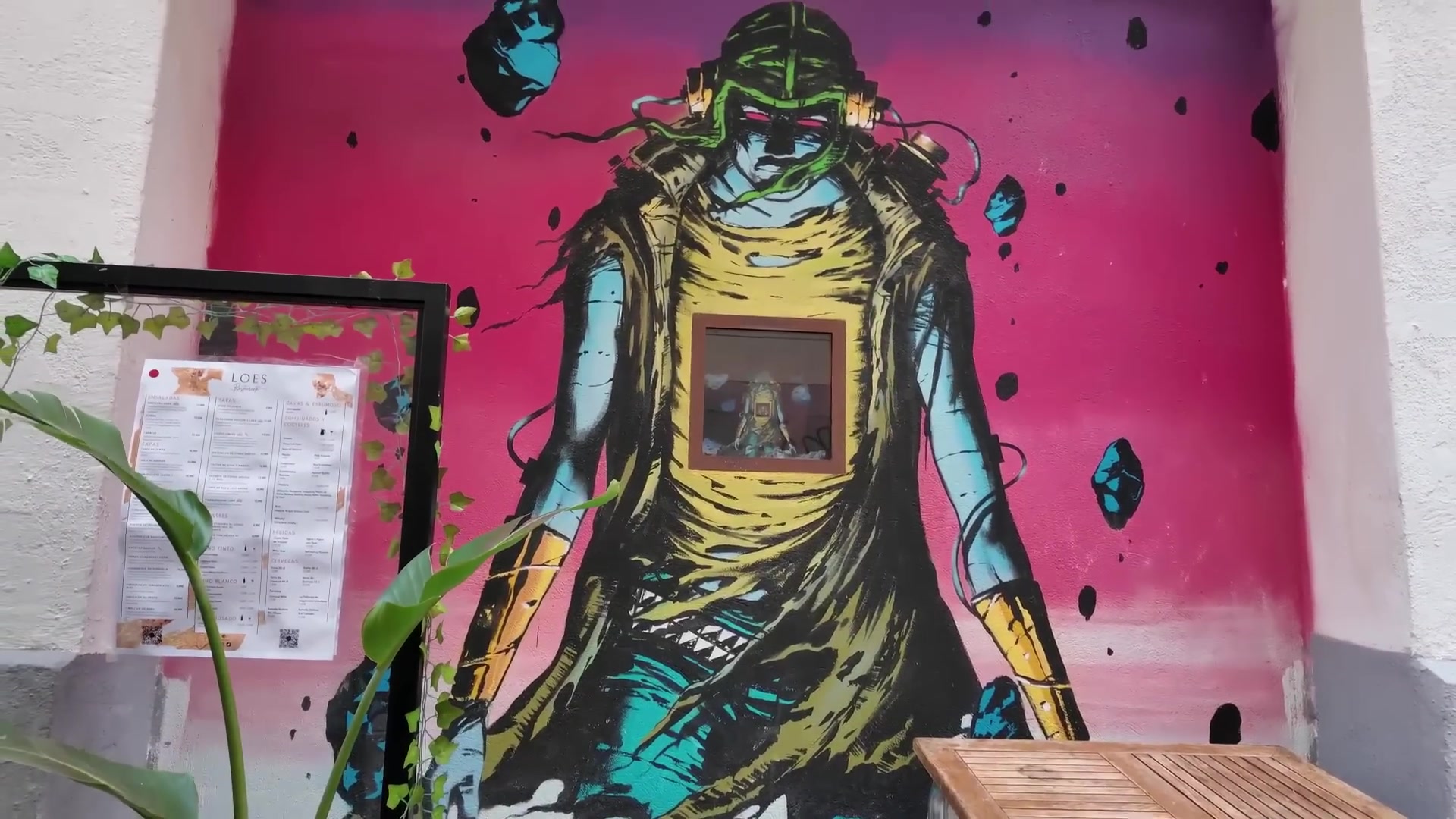
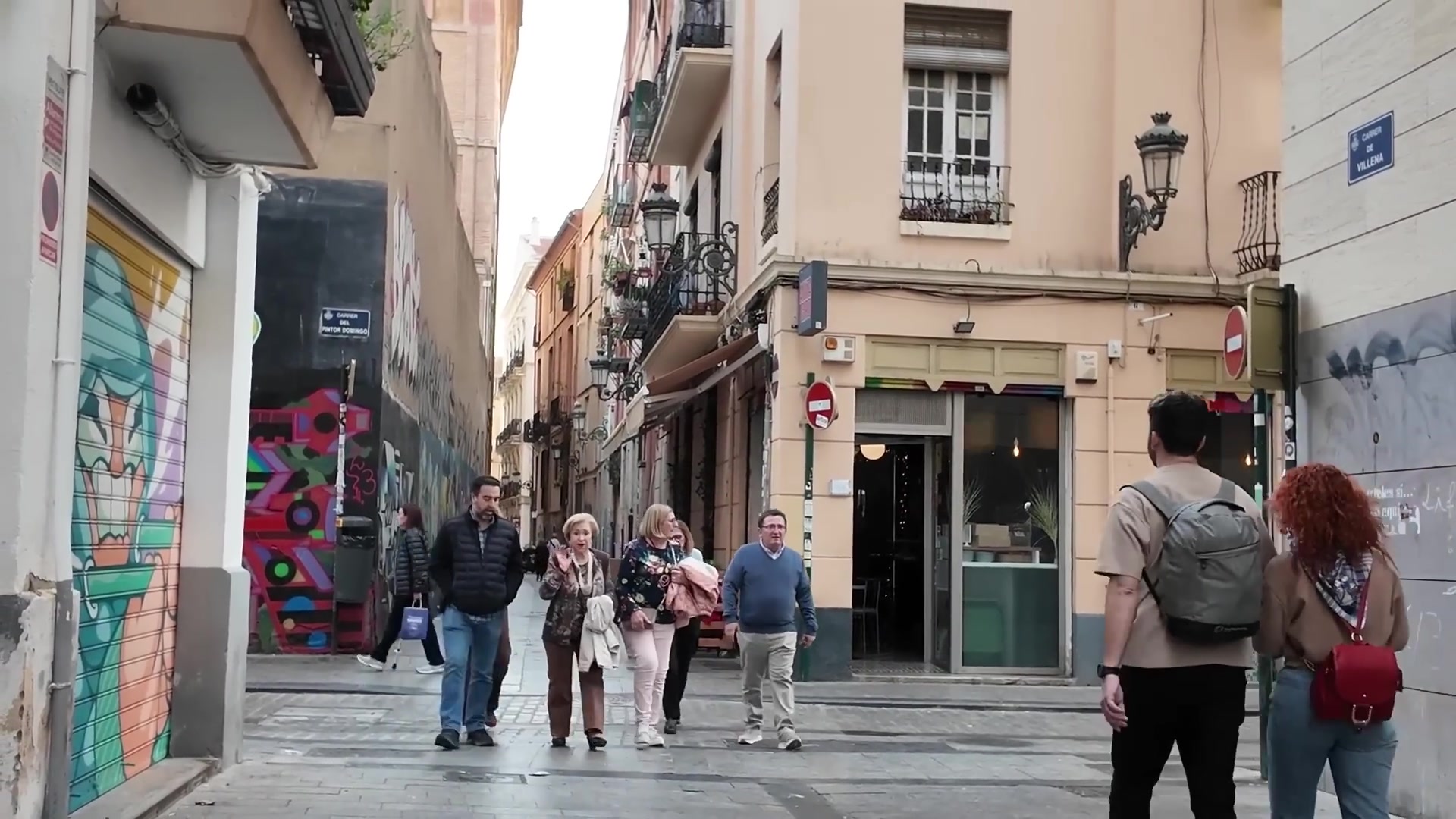
In addition it is quite popular to purchase commercial spaces on the ground floors of buildings and convert them into tourist apartments. However, finding a good location and turning it into a tourist apartment can be quite challenging, but still possible.

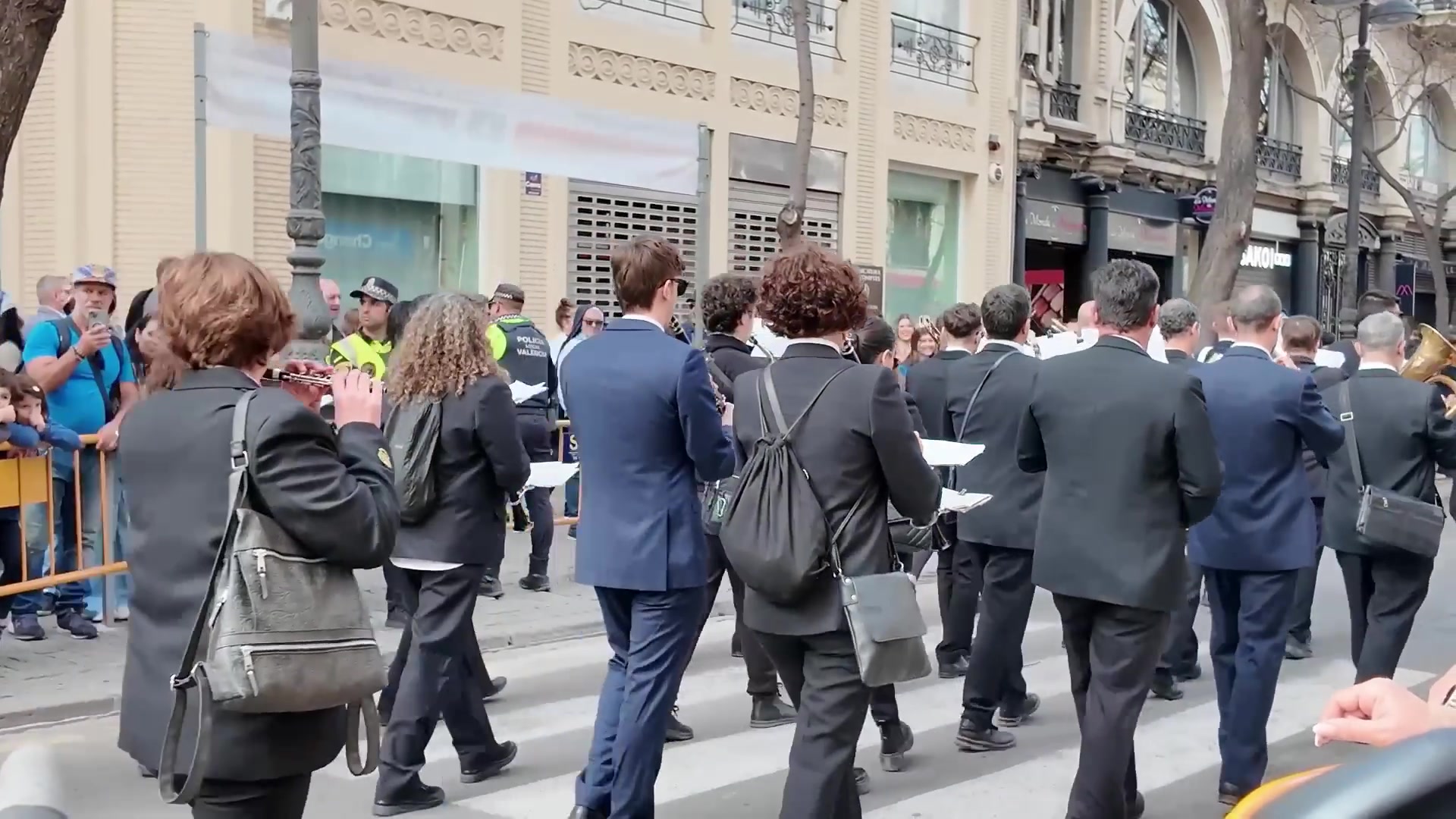
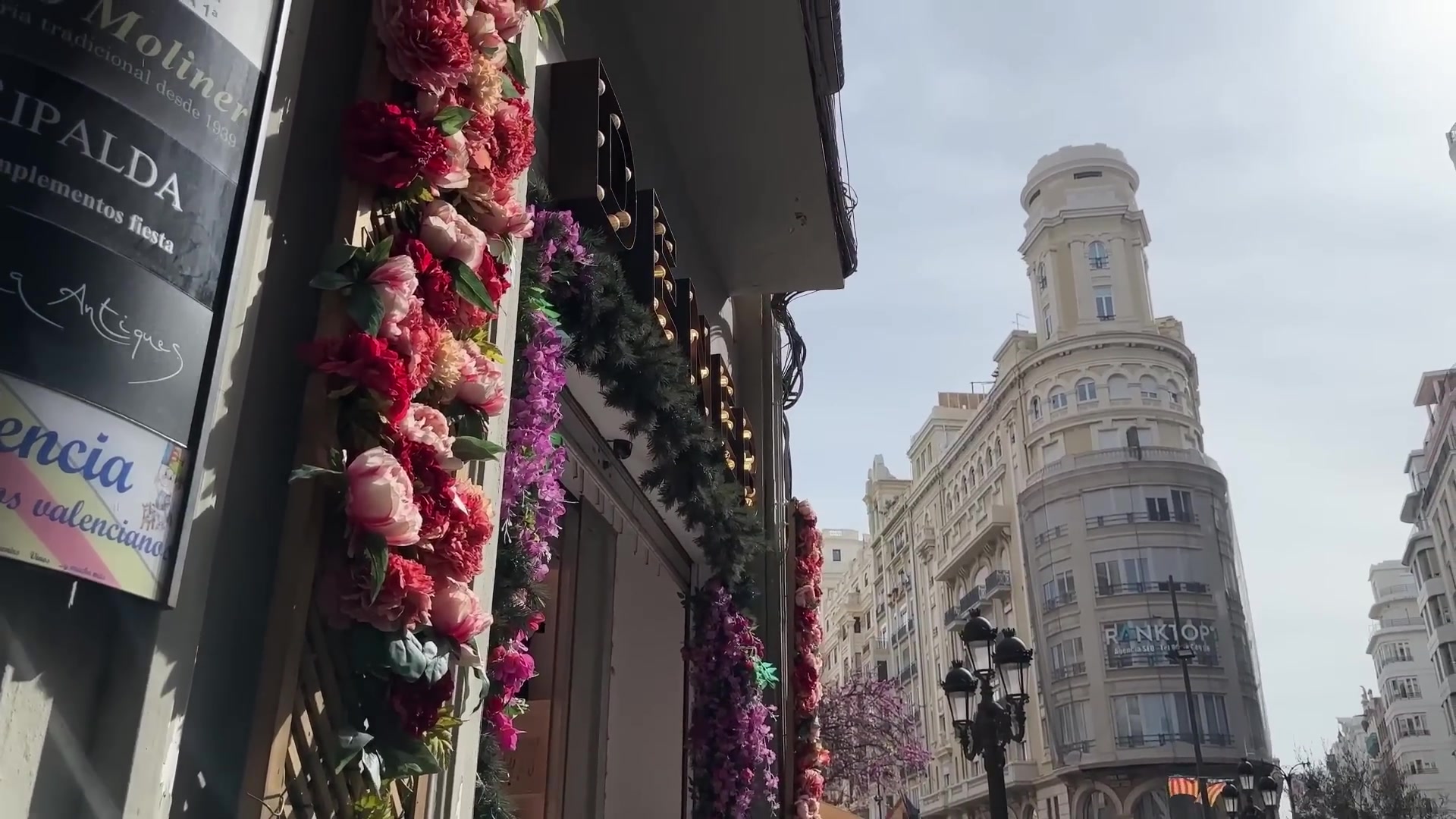
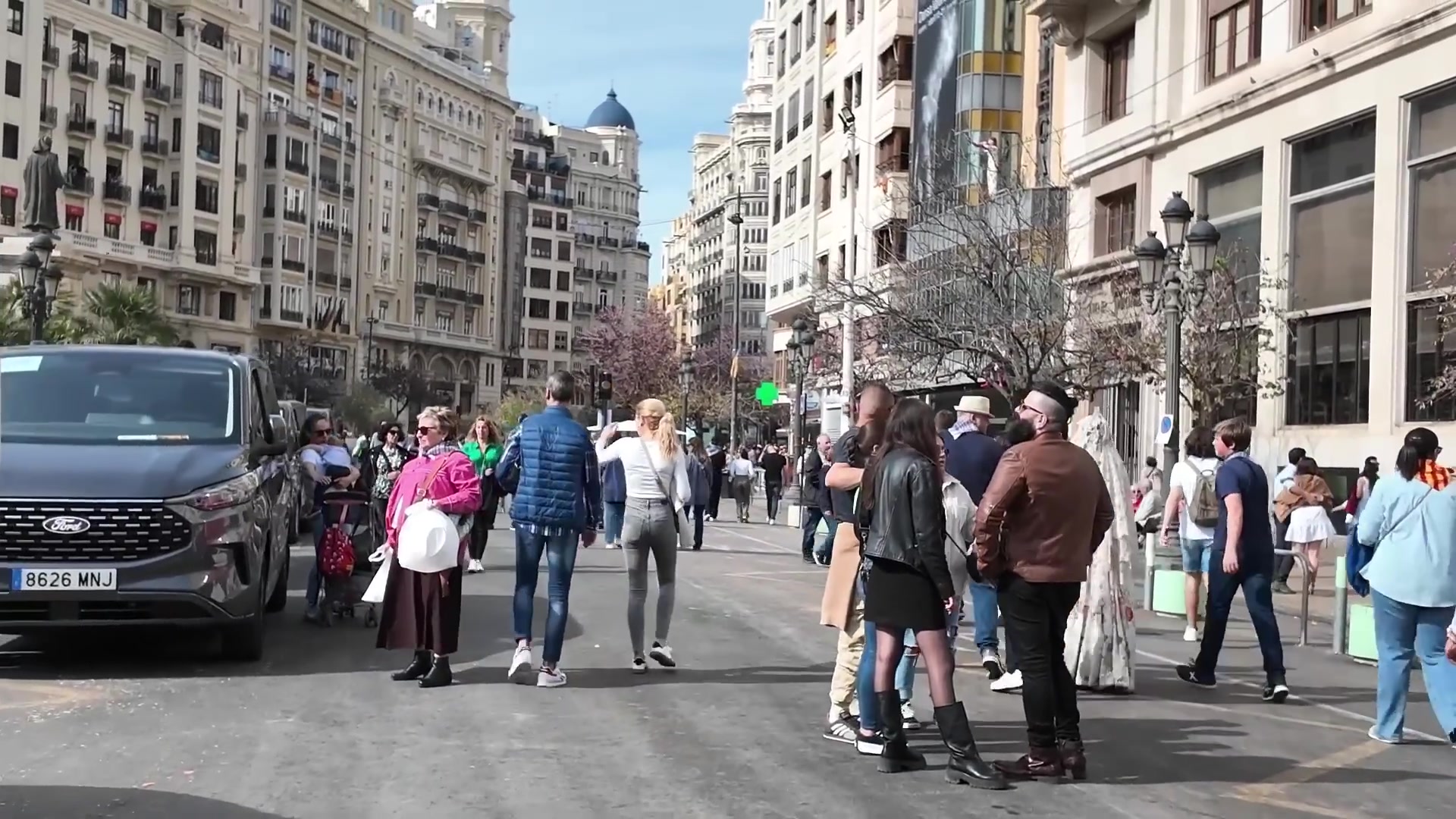
If you are considering moving to Valencia, be prepared to completely reorganize your life. You will need to rebuild your interests, social circles and lifestyle. There is a high demand for communication here, so social events are frequently organized. People come together, meet new friends and are encouraged to leave their homes and interact with others.


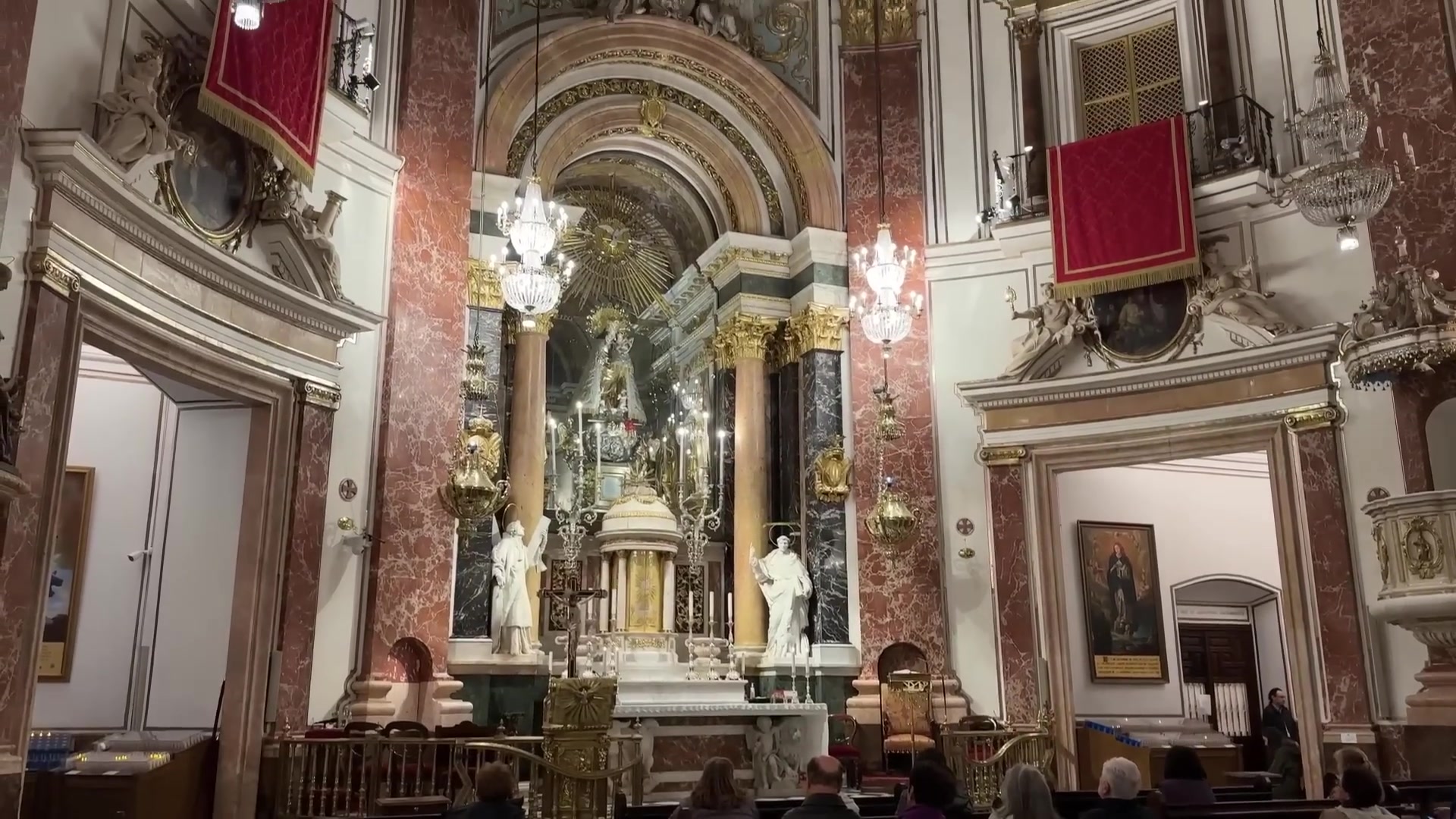

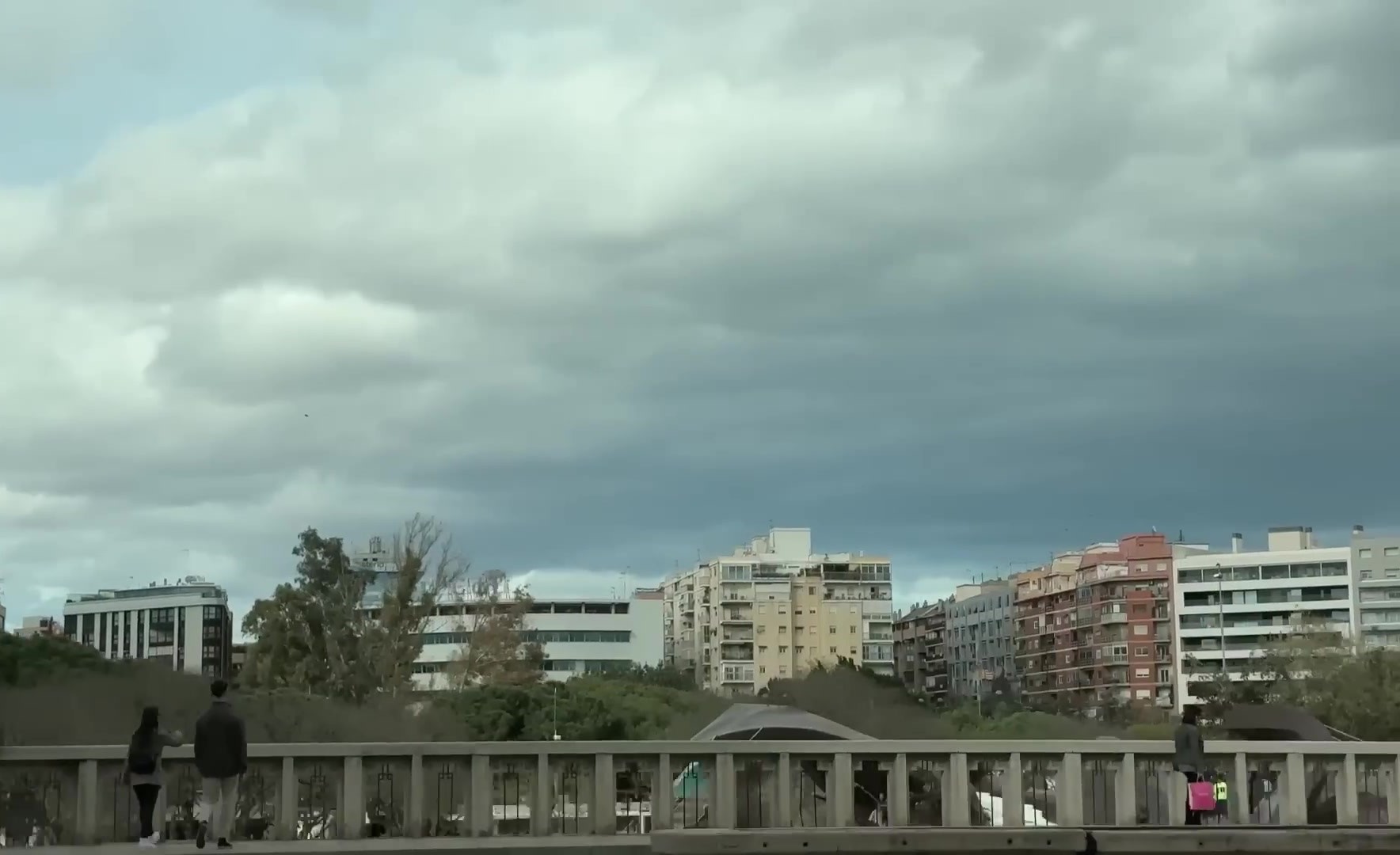
Valencia is a multifaceted city and it’s possible to discover a new side of it every time.
